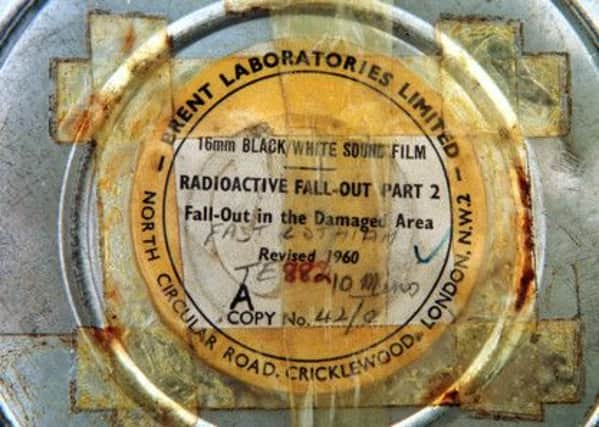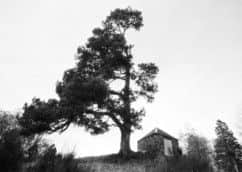Scottish fact of the week: Curious Comrie


It is home to the Earthquake House, one of Europe’s smallest listed buildings. Ironically enough, it was once a centre for seismology, recording tremors that were once common to the area in the 19th century. Built in 1869. it was the first purpose-built earthquake observation centre in the world - just a shame it was built a few decades too late.
In 1839, 7,300 earthquakes were recorded, but by the time engineers at the house advanced technology to read tremors more accurately, they became much less frequent. The building was refurbished in 1988 after falling into neglect, and remains active - a modern seismograph, and a model of an early wooden seismoscope inveneted by Robert Mallett are installed at the house.
Advertisement
Hide AdSouth of Comrie is Cultybraggan Camp, one of around 600 prisoner of war camps installed across the UK in the midst of World War II. Though built in 1941, the detention centre remains remarkably well-preserved.


Cultybraggan was notorious for housing some of the most notorious Nazis of the war, including Rudolf Hess, Adolf Hitler’s deputy, who crash-landed in Scotland.
A nuclear bunker was installed in the 1980s as the Cold War came to the forefront of the geopolitical agenda. It is one of several located throughout Scotland - one in Anstruther, Fife is a popular tourist destination.
Though touches of its past remain visible - signage directing you to the Officers Mess and a nearby firing range, installed in the 70s - it was sold by the MoD in 2004, after which sections of the site were A-listed by Historic Scotland.